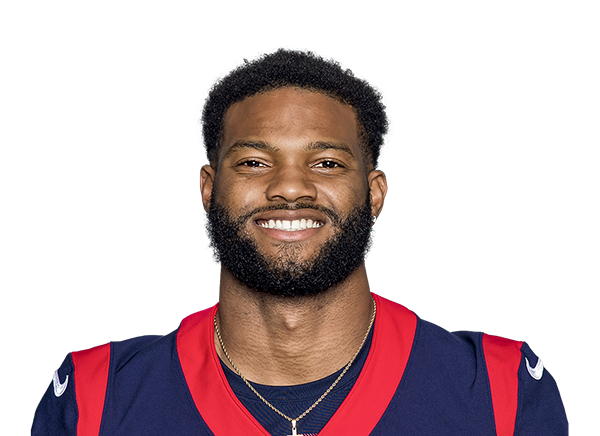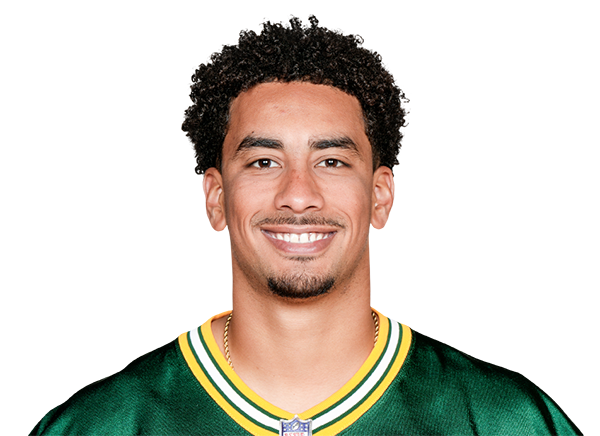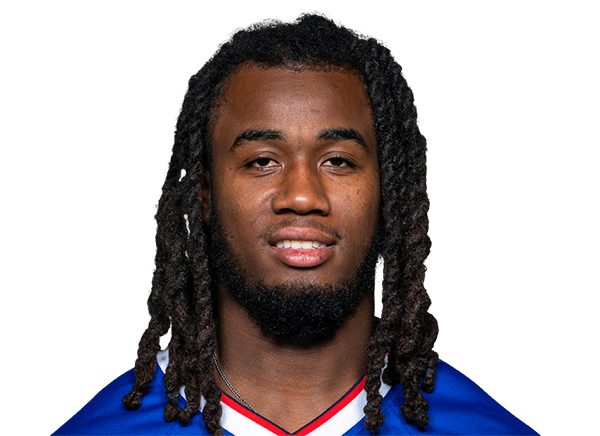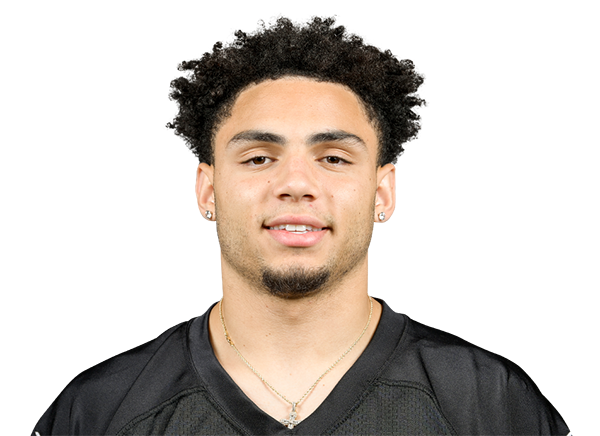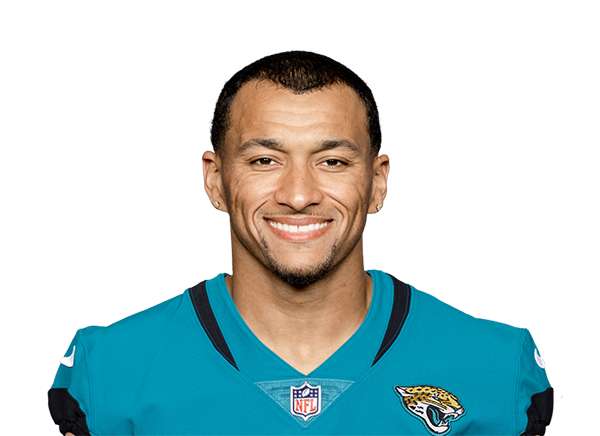Dynasty Fantasy Football: Does Size Matter?

With the conclusion of NFL weeks 14 and 15, for most leagues, we've come to the end of the fantasy football regular season. At this point of the season, it's always a great time to look back at your rosters and see what you got right and what you got wrong. This is especially true in dynasty leagues when you assess your previous off-season rookie valuations compared to their freshman season campaign performances to discover what you can do differently in the future.
One thing that became clear to many of us non-devy-types in the dynasty community heading into this past draft season was just how small many of the skill position players in the 2023 draft class were. Starting with pick 1.01 at the top of the draft, with quarterback Bryce Young coming in at 5'10" and 204 pounds to undrafted free agent running back Keaton Mitchell at 5'8" and 179 pounds, lots of players in this draft were tiny by NFL standards. As a result, many players in this draft fell down dynasty draft boards. Were we wrong?
I'm going to look at DLF's rookie ADP from May to see where we had initially ranked the incoming rookies amongst themselves early in the process, as well as DLF's Dynasty Start Up ADP from August to see where they were ranked among veterans right before the NFL season kicked off. I'll also use the most recent December Start Up ADP from DLF to see where we think the rookies are now that we've had 15 weeks of game evidence to rank them against their peers.
THE Quarterback
Bryce Young, QB CAR
With the first overall pick in the NFL draft, the Carolina Panthers selected Alabama's Bryce Young. With the average NFL quarterback measuring 6'3" tall and tipping the scales at 225 pounds, Young is well below average in both categories. Although Stetson Bennett, Jaren Hall, and Jake Haener are all below-average size for quarterbacks, none of them had even remotely similar expectations as the first overall pick in real life or fantasy.
In single-QB rookie drafts, Young was pick 18 overall and the QB2. In August’s 1QB startup drafts, he was 123rd overall and QB15, but in December's startup mock drafts, he fell to QB19. On the season, Stroud is currently QB25, so even with a relatively low ADP for the first overall pick, he has managed to underperform thus far.
While Young and the Panthers as a whole have been a bit of a disappointment, one of the prominent concerns about smaller quarterbacks is that they are more prone to injury. That being said, Young has been incredibly resilient despite his small stature and the Panthers giving up the fourth-most sacks in the NFL (51). Dating back to college, Young has only missed two games due to injury, so he has been remarkably healthy, all things considered.
Change of Pace Backs No More
There have always been undersized running backs in the NFL, but historically, they've been lightly used and given the label of "third-down back," "receiving back," or "change of pace back." However, when given a more prominent role, they have, more often than not, failed spectacularly. With the average NFL running back coming in at 5'10" and 213 pounds, Darren Sproles was arguably the most successful undersized back in modern NFL history. This year, three undersized rookie backs have burst onto the scene.
Jahmyr Gibbs, RB DET
With the 12th pick of the first round, the Detroit Lions selected the 5'9", 199-pound Jahmyr Gibbs. He was the second overall pick in rookie drafts and RB2, behind only Bijan Robinson, and that carried over into startup drafts, where Gibbs was RB3, as the 12th pick overall. Currently, Gibbs is RB13 despite missing a couple of games, and with backfield-mate David Montgomery coming in at RB20. While Gibbs has been relatively healthy in the NFL, he did sustain a couple of significant injuries in college that cost him multiple games at Georgia Tech and Alabama, so he seems likely to miss a few games each season, as are many running backs. A month ago Gibbs was leapfrogged by Breece Hall and Travis Etienne, settling in at RB5, but this month, he is back at RB3 once again.
SUBSCRIBE TO DLF PREMIUM!
Gain Instant Access to this resource and so much more!.
Premium membership provides access to all of our industry-leading dynasty fantasy football content.
You can also get a DLF Premium Membership for FREE! Find out how.
Want more info about DLF Premium? Find out more
Have questions or need some help? Contact Us
Already a DLF Premium Member? Log in now!















